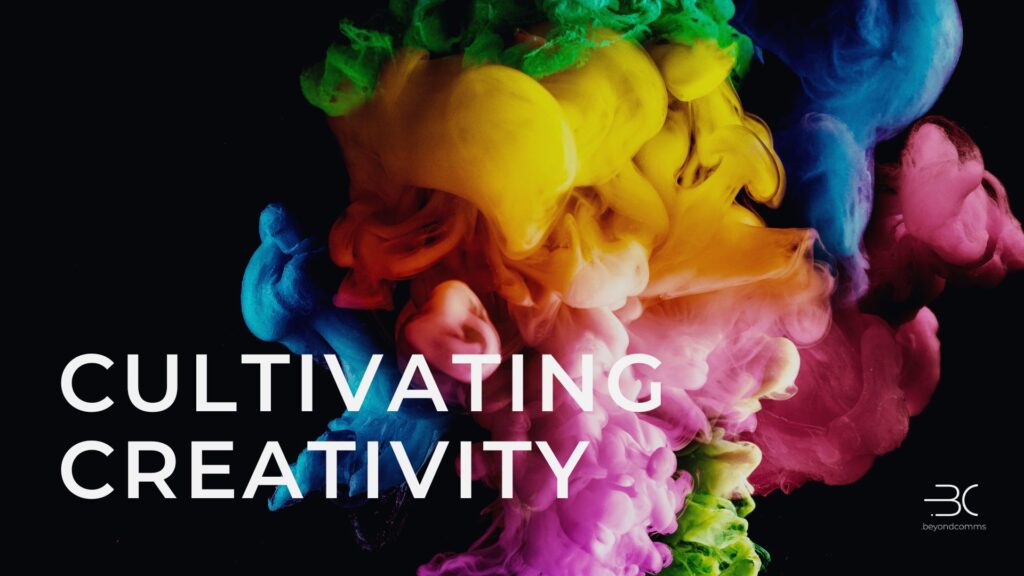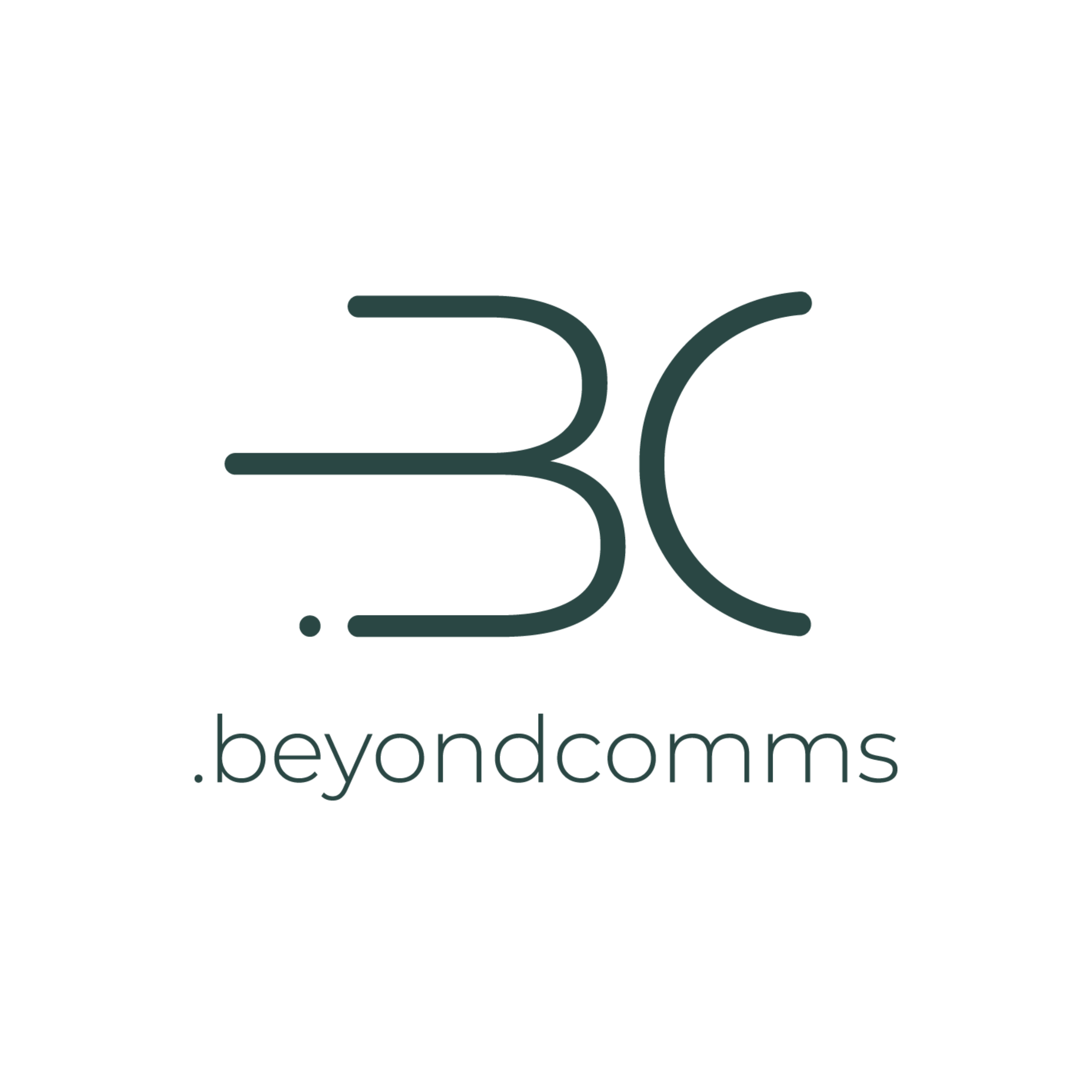
When did you last feel creative? What does that mean to you? Creativity is an elusive little word. For some, it sits firmly in the space of artists, creators, and designers, for others, it means problem-solving. I’ve been rereading Twyla Tharp’s book ‘The Creative Habit,’ and this week seems as good as to focus on insights on how we can catalyze creativity to fuel mission-driven businesses.
What Is Creativity, Really?
I’m a sucker for definitions, so let’s start with the Cambridge Dictionary one: Creativity is “the ability to produce original and unusual ideas, or to make something new or imaginative.” The creative act often starts with nothing – a blank page, an empty room, a blinking cursor on our newsletter. Then we draw from our experiences, reference materials, research, competitors, and a variety of sources to come up with an imaginative idea.
In her book ‘The Creative Habit,’ choreographer Twyla Tharp dispels the myth that creativity is some magical gift few of us receive from time to time. Instead, she makes it much more accessible: creativity is cultivated through consistent practice and ritual.
In a similar fashion, entrepreneur, Jason Roberts framed a similar practice as Increasing Your Luck Surface Area: “The amount of serendipity that will occur in your life, your Luck Surface Area, is directly proportional to the degree to which you do something you’re passionate about combined with the total number of people to whom this is effectively communicated.” Substitute ‘serendipity’ with creativity and think about communicating with yourself, and we have the idea of increasing your creativity surface area.
Looking at creativity in this manner is quite liberating. Suddenly, it transforms from an ephemeral term shrouded in mystery to a muscle we can strengthen deliberately. In today’s noisy market space creativity becomes a competitive advantage. So let’s look at how we can cultivate it.
Ritual: The Key to a Creative Practice
Many artists use rituals to wake up their bodies and brains to the creative process. It’s often a form of grounding and can be as simple as the same vocal warm-up for a singer to Tharp’s morning ritual of getting into a taxi at 5:30 am to go to the gym and prepare her body for the day. Our brains love rituals – predictive patterns that don’t take a lot of our energy but ground us in action. There are countless examples of high-performing entrepreneurs who credit daily rituals as a key factor for their success:
- Sara Blakely – Morning visualization and alternate driving routes
- Jack Dorsey – Theme-based days and dawn meditation ritual
- Arianna Huffington – Tech-free evening bath and physical book reading
- Jeff Bezos – No early meetings and scheduled “wandering time”
- Oprah Winfrey – Meditation, movement, and five daily gratitudes
What could be the creative ritual for your company? The simpler the better.
Jocelyn “The Brain Lady” Brady uses SHITstorming to unlock playful ideas and inspire creativity. That could be the start of your meetings to get creative. Another could be getting your team to move around – maybe play musical chairs?
Think about a simple exercise that can signal to your team and your brain that it’s time to create. Something that creates space and gives everyone permission.
Collect Before You Create
Often you’ll hear people say: “No idea is really new. Everything has been done before.” There is great power in that statement. If everything has been done before, the uniqueness comes from putting things together in new imaginative ways to create ideas.
One of Tharp’s important action to create is a practice she calls ‘The Empty Box.’ At the start of every project, she starts a new box. This vessel will hold everything she comes across related to the project – research, clippings, films, images, quotes, interviews … you name it. As the project develops the store of knowledge grows and can provide important insights when she’s stuck and needs a boost.
What is the empty box for your business? How are you capturing ideas?
You could create a Slack channel named ‘The Stupidest Ideas’ and have your team drop whatever comes to their mind in there. Collect random quotes, GIFs, and coffee musings. When it comes to solving a strategic problem, you find a gem.
Create a Continuous Practice
If you think that a yearly retreat into the mountains with your team will solve your strategic problems, you are sorely mistaken. Creativity isn’t something you spend a weekend on, pat each others’ shoulders, and go back to your day-to-day. If you don’t embed creative practices in your organization you’ll quickly fall behind the competition.
So how can you turn creativity into a continuous practice? Here are some ideas:
- Structured Creative Time – Google allows employees to spend 20% of their time on their creative/personal endeavors. What are ways in which you can bring creative time into your business? Maybe that’s a 5-minute play exercise at the start of big meetings, or perhaps it’s dedicated slots in the calendar on a weekly or monthly basis to focus on creative ideas.
- Systems for Cross-Pollination – Create formal processes through which teams across different departments can share ideas and insights. The bigger the mix of background and experiences, the higher the likelihood a brilliant idea emerges.
- Infrastructure to Capture Ideas – How are you capturing ideas that are floating around in your organization? You can use a Slack Channel or WhatsApp group. Maybe a Notion board works better – Make it really simple for your team and yourself to drop ideas that come to mind before they disappear again.
Quick Action: A Dozen Eggs
Tharp describes this great exercise ‘Egg’ to start a creative session. When you are alone in a location with some space around you try this:
- Sit on the floor
- Bring your knees to your chest, curl your head down to your knees, and make yourself as small as possible
- When you can’t be any small, start to expand
- Listen to your body and stretch out parts that want to expand (e.g. your head, your left toe, your right index finger)
- Explore different shapes you can make with your body
- Have fun!
This exercise doesn’t only get you into your body but it’ll activate your sense of play.
